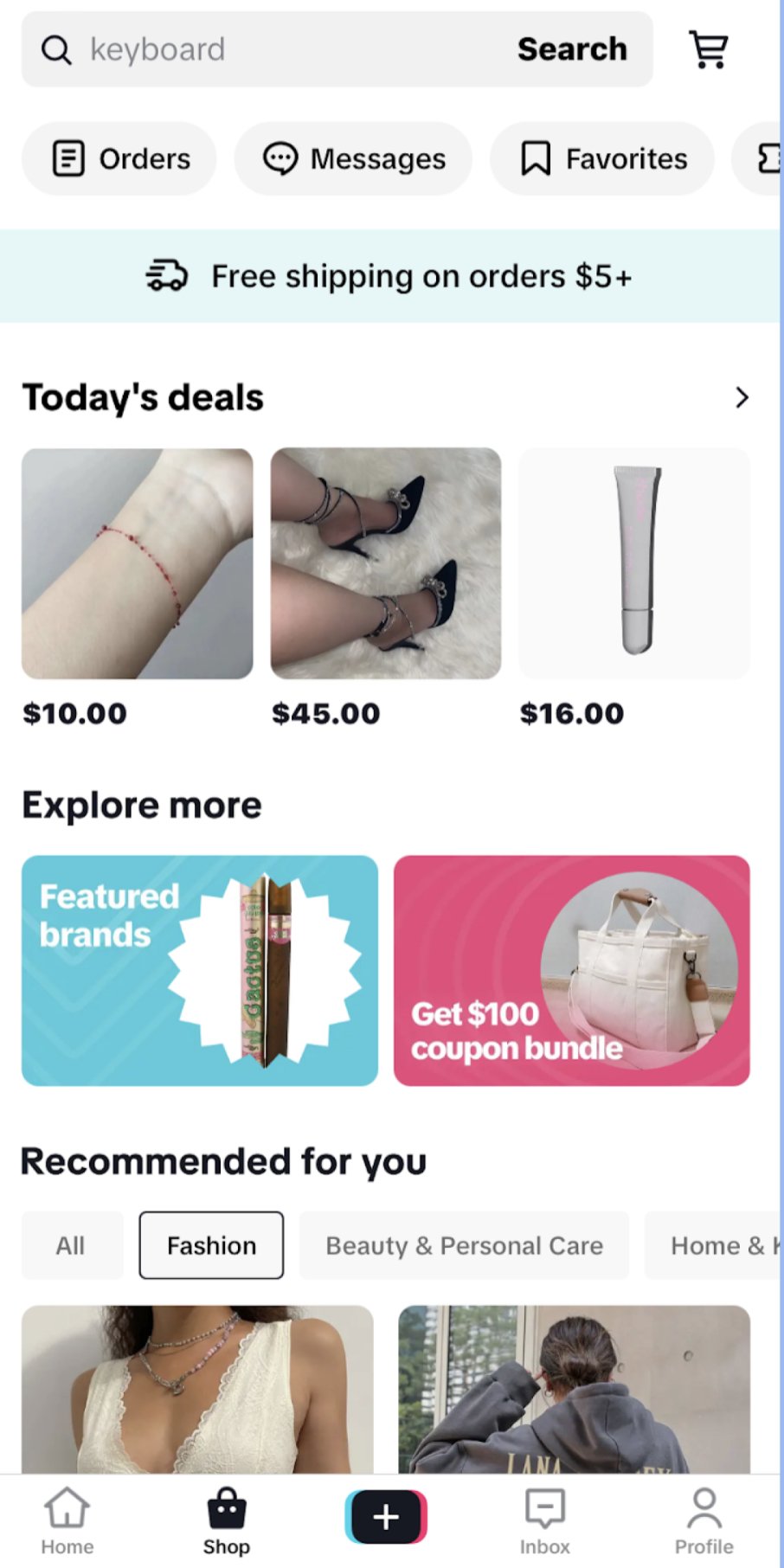Social Media: The New Mall
After hours of falling into the dark hole of doom scrolling on social media, I notice the copious amount of shopping tabs opened on my phone. A baby pink floral dress from Princess Polly has been sitting in my cart for a week. Some girl on TikTok was wearing it; I can't remember who. But she looked good. Confident. I want that too. Sitting on the couch in my living room, watching the sun go down,following the orders of the girl on my six-inch screen, not even thinking twice—
This always happens when I’m buying clothes. Thinking, “maybe if I buy that Skims dress, I will look like her!” and being underwhelmed when I see the same girl I saw in the mirror a week ago. That’s why they are called influencers… They are good at influencing. I used to go to these apps to watch the funny, informative, creative videos made by my favorite creators, but now end up watching advertisements and promotions for hours. How did these fun, innocent distractions drain my bank account?
Online shopping had an increase in 2020 after the worldwide lockdown. With people bored at home and brick-and-mortar stores closing indefinitely, online shopping reached $815.4 billion in e-commerce sales, according to the Annual Retail Trade Survey. These apps use neuromarketing to promote advertisements based on people’s interests, enticing them to make new purchases. These companies use this tactic to study users and give them advertisements or promoted content they are more likely to be enticed by. Searching for a product in another tab — or even just talking about it — causes ads to pop up in these apps. TikTok shop, Facebook marketplace, and Instagram shop all allow users to directly purchase items on the app. It’s right there and easy to do, so why wouldn’t you?
I have stumbled across countless videos of influencers saying the phrases, “You guys need this!” or “I have been obsessed with this product recently!” and their followers do as told, rapidly buying and discarding clothes. These micro-trends lead to overconsumption in the fashion industry, harmfully impacting buyers by robbing them of their own originality and making them feel like buying new items will improve their lifestyle overnight. I think we have all seen an individual on social media who we would love to look like, so when clothing is promoted on their platform, we want to buy it to be more like that person. These followers are involved in one-sided parasocial relationships, relying on these influencers to tell them what they should do and buy.
Have you ever heard of a story, or maybe experienced yourself, an instance where you were talking about a product, then later saw an advertisement for it throughout your social media? High school senior Ari Lee, who has an interest in pursuing a fashion merchandising degree in her future, says, “I was talking to my mom about platform Ugg shoes, and later I saw an ad for the shoes on my Instagram. I later went and bought the shoes because I was influenced by the ad.” Or were they inspired by an influencer’s style? According to Zeiah Caraang, also a high school senior interested in marketing, “I saw a black North Face vest jacket all over social media and I thought ‘Oh my gosh I want one!’ and later purchased one off Depop after seeing the high price on the North Face website.” She adds, “I liked how the people on my social media were styling the jacket and I thought I could also style it in a way to improve my outfits.”
If you have ever fallen victim to these marketing schemes, don’t worry. There are various ways to change your mindset when using these apps. Luckily, the traditional influencer is falling out of fashion. According to Time, the hashtag “de-influencing” has more than 50 million views to encourage mindful shopping. In these videos, influencers show a popular product promoted on social media and then explain why they don’t think it was worth all the attention.
I understand it is hard to avoid videos that do promote new products, but you can find boundaries to set for yourself. Ask yourself questions like: “How often will I wear this?”, “Will this still be in my closet a year from now?”, “Do I have something similar?” can all help you take yourself out of the moment. Even just closing the app and waiting a week or so to see if you still are interested in the product can work wonders. Personally, using these techniques helped me explore my personal style and save money. Don’t get me wrong, I still have the urge to just buy, buy, buy after using these apps, but I just have to remember to take time off of my phone and really think about the decision I am going to make. At the end of the day, every time I bought something new, it didn’t make me feel any different from when I didn’t have it.
Written by Kara Haas
Kara is a high school student who is an aspiring writer. She is hoping to study journalism in college to write about the fashion industry in the future. As well as having a passion for writing, Kara also loves to study fashion and try new, different looks out of her comfort zone. In her free time she loves baking, trying new makeup looks, and watching cartoons.


